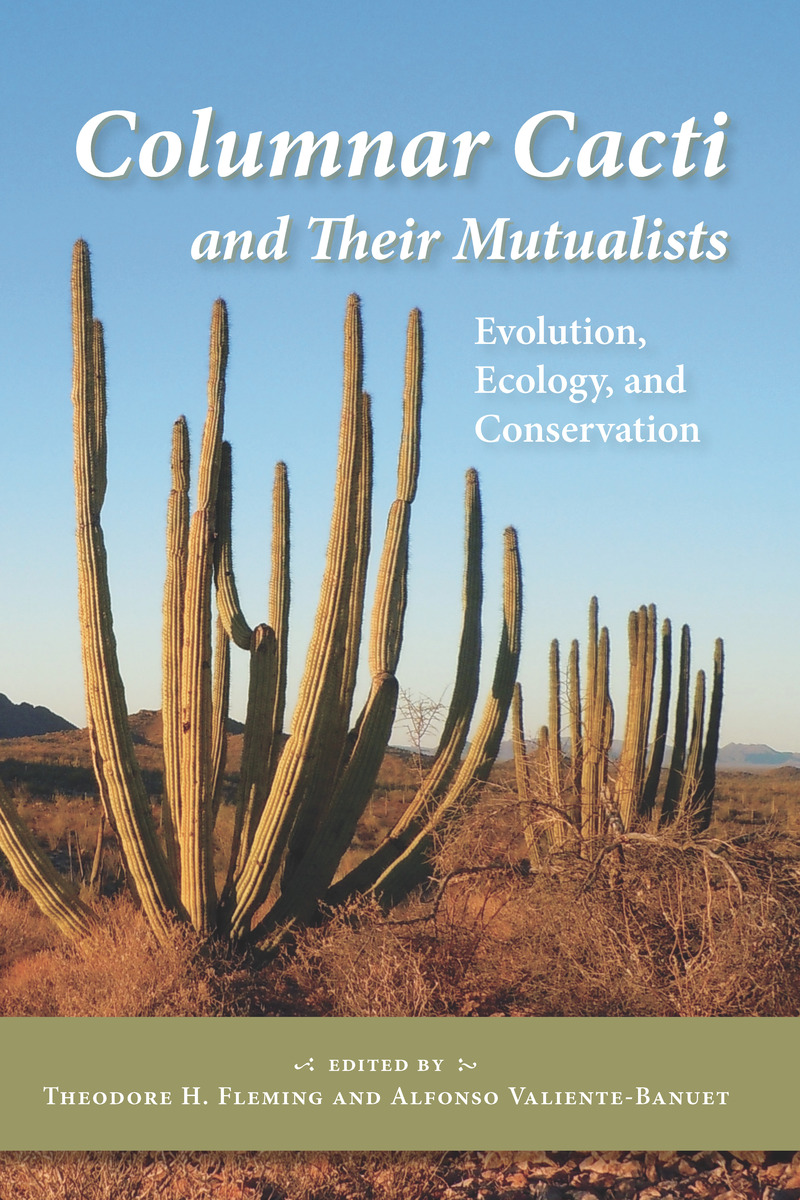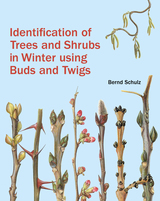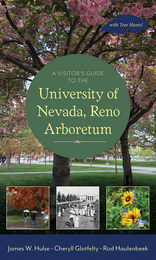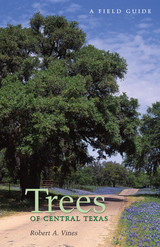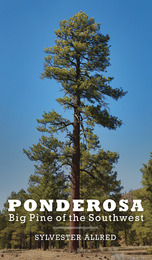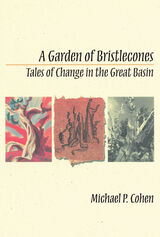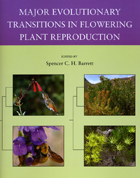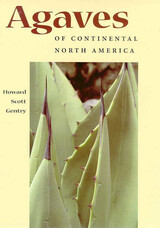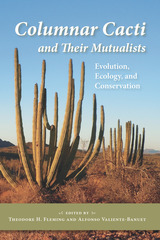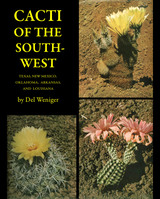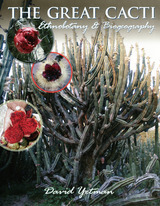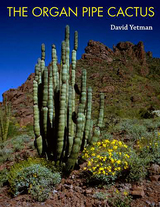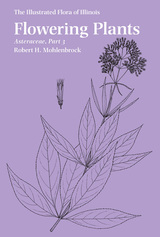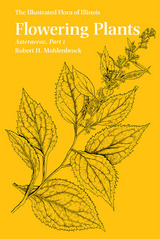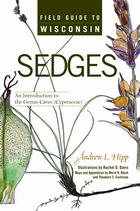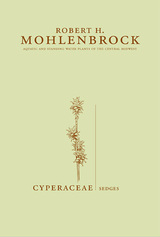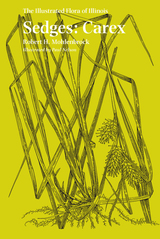Columnar Cacti and Their Mutualists: Evolution, Ecology, and Conservation
University of Arizona Press, 2002
eISBN: 978-0-8165-4742-5 | Cloth: 978-0-8165-2204-0 | Paper: 978-0-8165-4021-1
Library of Congress Classification QK495.C11C64 2002
Dewey Decimal Classification 583.56
eISBN: 978-0-8165-4742-5 | Cloth: 978-0-8165-2204-0 | Paper: 978-0-8165-4021-1
Library of Congress Classification QK495.C11C64 2002
Dewey Decimal Classification 583.56
ABOUT THIS BOOK | AUTHOR BIOGRAPHY | REVIEWS | TOC
ABOUT THIS BOOK
Although cacti such as the saguaro and organ pipe have come to define the Sonoran Desert for many people, they represent some 170 species of columnar cacti found in many parts of the Americas. These giant plants are so dominant in some ecosystems that many species of animals rely on them for food and shelter. They are pollinated by bats in central Mexico and Venezuela, by birds and bees in northern Mexico and Peru.
This book summarizes our knowledge about the ecology, evolution, and conservation of columnar cacti and their vertebrate mutualists to show that the very survival of these cacti depends on animals who pollinate them and disperse their seeds. Contributors from the United States, Mexico, Venezuela, and Colombia explore aspects of geology and evolution that have forged this relationship, review findings in anatomy and physiology, and discuss recent research in population and community ecology as well as conservation issues. Ranging from the Sonoran Desert to the northern Andes, these studies reflect progress in understanding how abiotic and biotic factors interact to influence the evolution, distribution, and abundance of cacti and mutualists alike.
In addition, this book examines the ways in which humans, through the process of domestication, have modified these plants for economic benefit. The contributors also review phylogenetic relationships between cacti and nectar-feeding bats in an effort to understand how bat-plant interactions have influenced the evolution of diversity and ecological specialization of both. Because of the number of migratory pollinators feeding on columnar cacti, the authors make conservation recommendations aimed at preserving fully functional ecosystems in arid portions of the New World tropics and subtropics.
Columnar Cacti and Their Mutualists provided a benchmark for both conservation efforts and future research.
This book summarizes our knowledge about the ecology, evolution, and conservation of columnar cacti and their vertebrate mutualists to show that the very survival of these cacti depends on animals who pollinate them and disperse their seeds. Contributors from the United States, Mexico, Venezuela, and Colombia explore aspects of geology and evolution that have forged this relationship, review findings in anatomy and physiology, and discuss recent research in population and community ecology as well as conservation issues. Ranging from the Sonoran Desert to the northern Andes, these studies reflect progress in understanding how abiotic and biotic factors interact to influence the evolution, distribution, and abundance of cacti and mutualists alike.
In addition, this book examines the ways in which humans, through the process of domestication, have modified these plants for economic benefit. The contributors also review phylogenetic relationships between cacti and nectar-feeding bats in an effort to understand how bat-plant interactions have influenced the evolution of diversity and ecological specialization of both. Because of the number of migratory pollinators feeding on columnar cacti, the authors make conservation recommendations aimed at preserving fully functional ecosystems in arid portions of the New World tropics and subtropics.
Columnar Cacti and Their Mutualists provided a benchmark for both conservation efforts and future research.
See other books on: Cactus | Ecology Conservation | Fleming, Theodore H. | Mutualism (Biology) | Southwest, New
See other titles from University of Arizona Press
